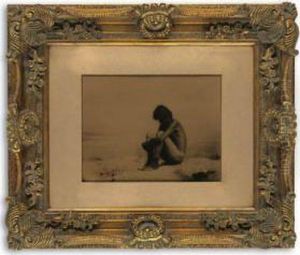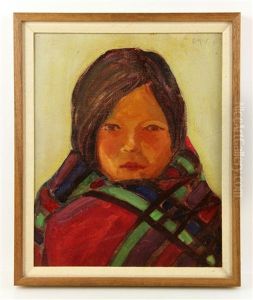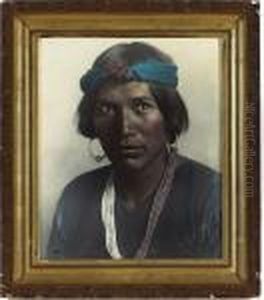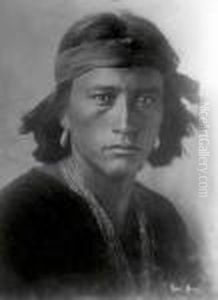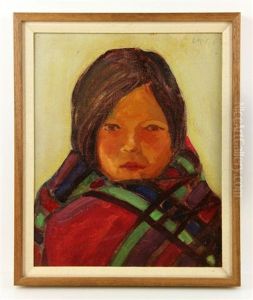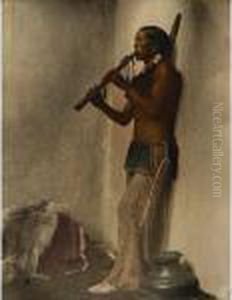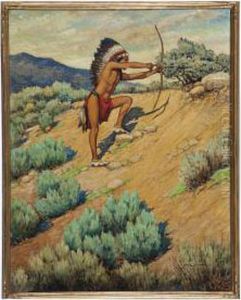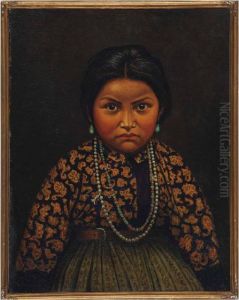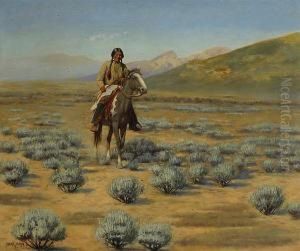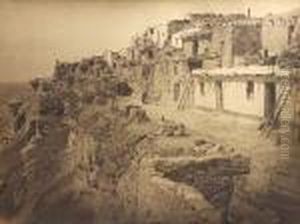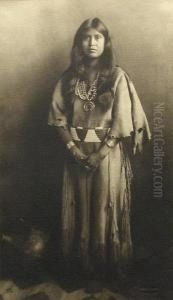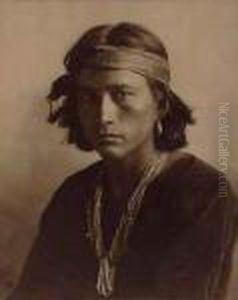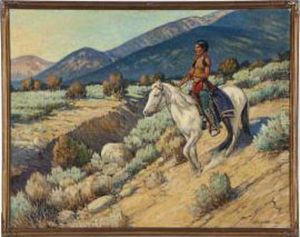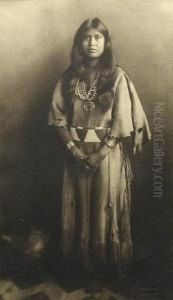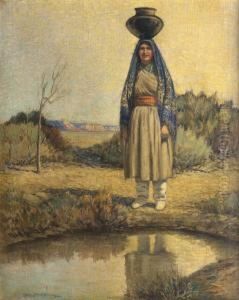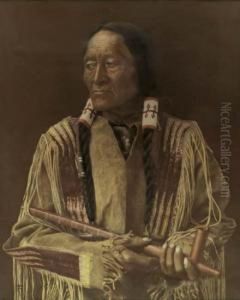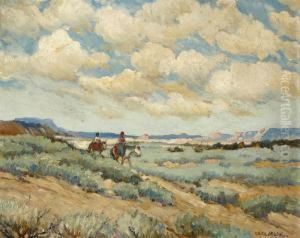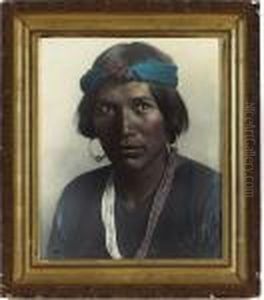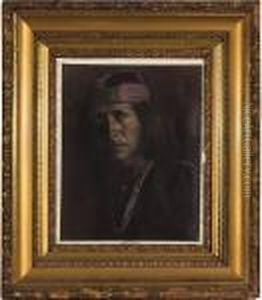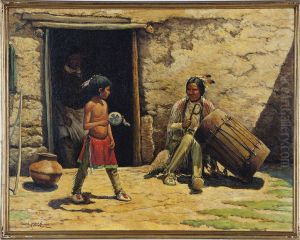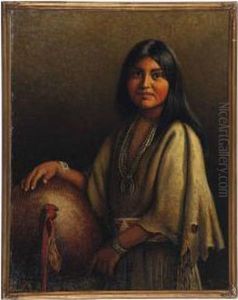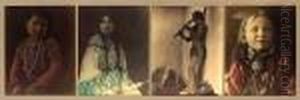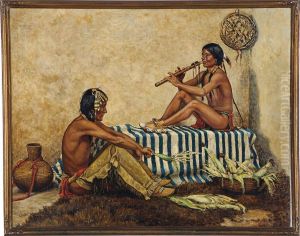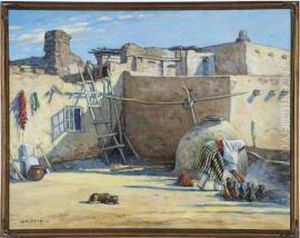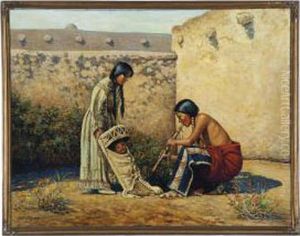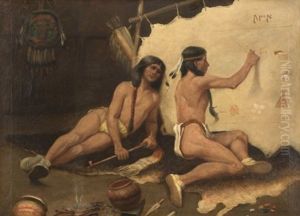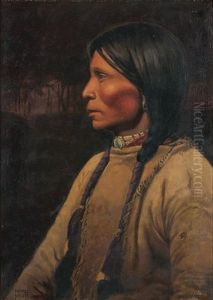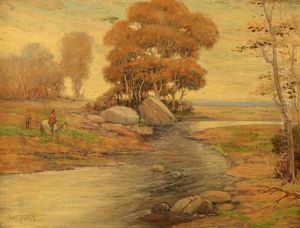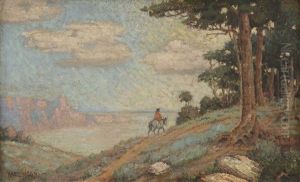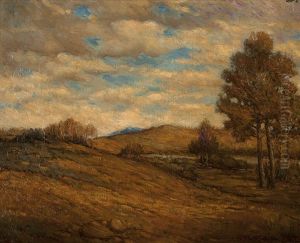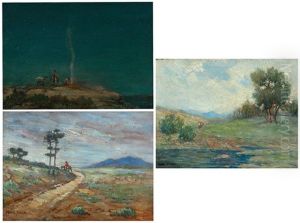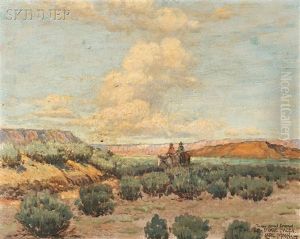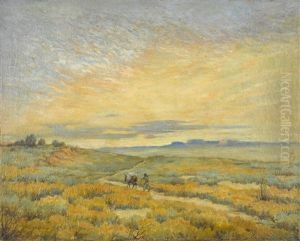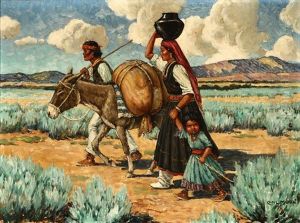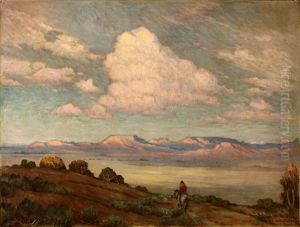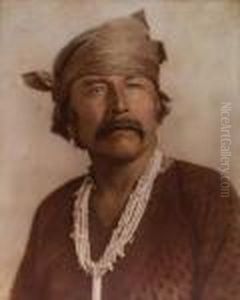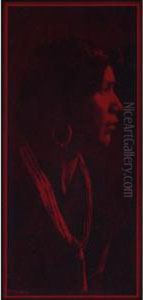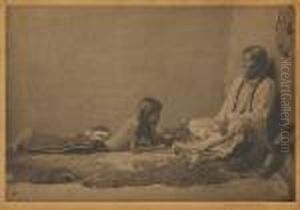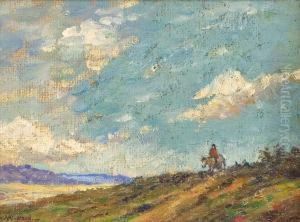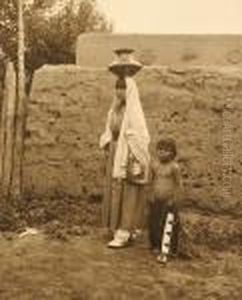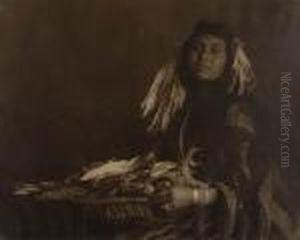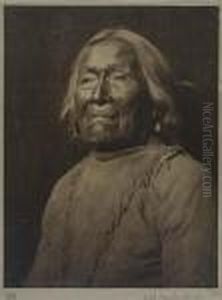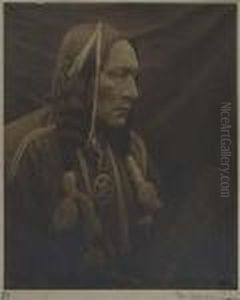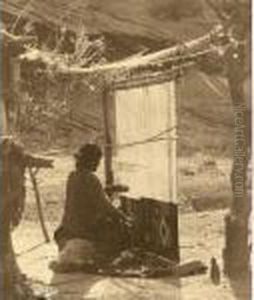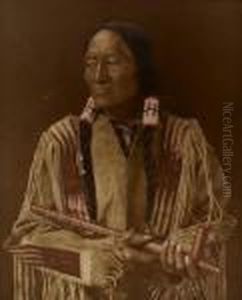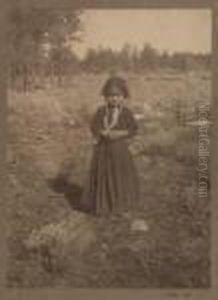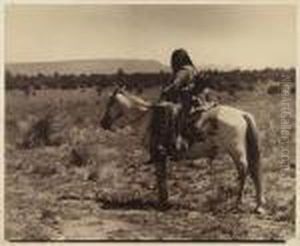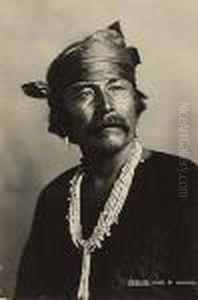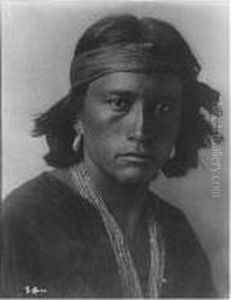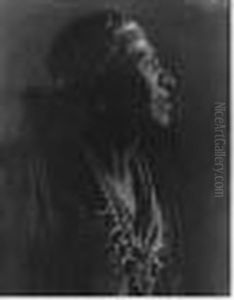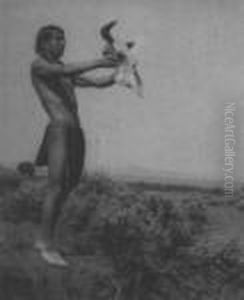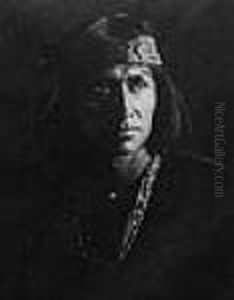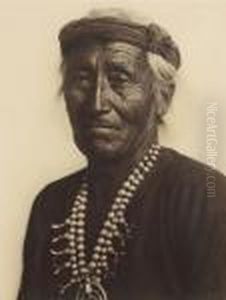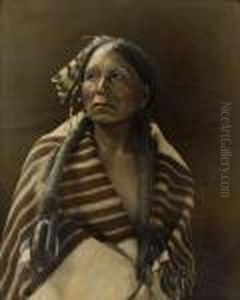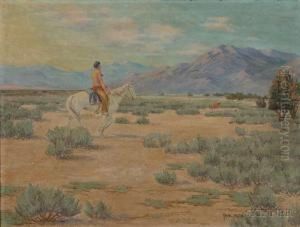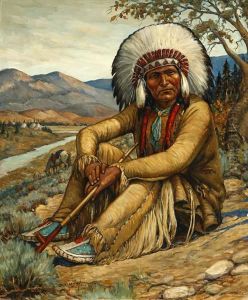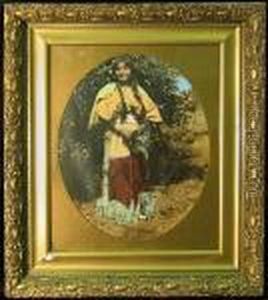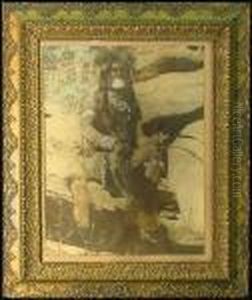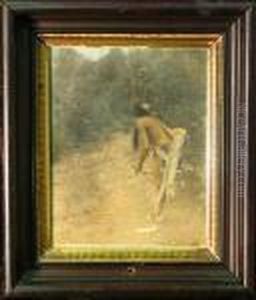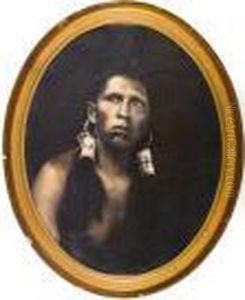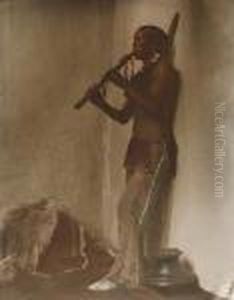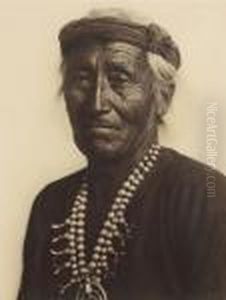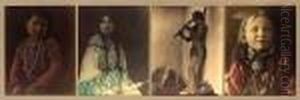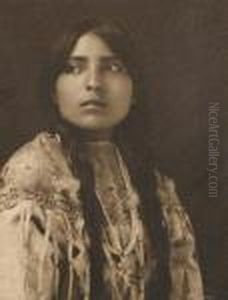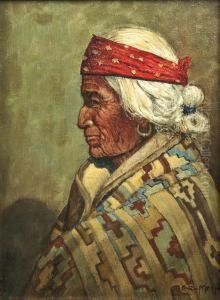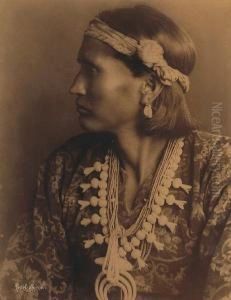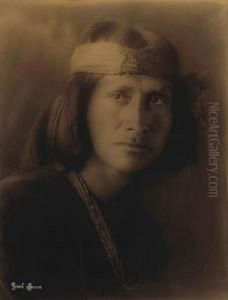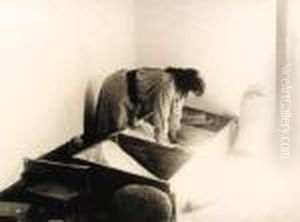Carl Moon Paintings
Carl Moon, also known as Karl Moon, was an American photographer, illustrator, and chronicler of Native American cultures. Born on October 5, 1879, in Wilmington, Ohio, Moon gained prominence in the early 20th century for his photographs that captured the lives and customs of Native American peoples at a time when their traditional ways of life were rapidly changing.
Moon's fascination with Native American culture began at a young age, and after moving to the American Southwest, he became deeply involved with various Native American communities, particularly the Navajo and Pueblo tribes. He lived among these communities, learning their languages and customs, which allowed him to gain the trust of his subjects and to capture more intimate and authentic representations.
In 1904, Moon moved to Albuquerque, New Mexico, where he opened a studio and began producing postcards, photographs, and paintings that depicted Native American life. His work was both artistic and documentary, as he aimed to preserve the heritage and practices of the Native American tribes through his images. Moon's photographs were characterized by a sense of respect and empathy for his subjects, which was not always present in the work of other photographers of the era.
Throughout his career, Moon worked on various projects, including a series of portraits for the Fred Harvey Company, which operated hotels and restaurants along the railroad lines in the American West. These portraits were used to promote tourism and were also sold as souvenirs to travelers who were fascinated by the romanticized view of the West.
Despite his deep respect for his subjects, some of Moon's work, particularly the staged photographs, has been critiqued for perpetuating stereotypes of Native Americans as noble savages. Nonetheless, his photographs remain important historical records of a time and culture that were being profoundly altered by the encroachment of modern American society.
Carl Moon married Grace Purdie Moon, who was also interested in Native American cultures and collaborated with him on several projects. Together, they authored books and created artworks that contributed to the public's interest in and appreciation of Native American art and culture.
Moon's career was not limited to photography; he also painted and wrote extensively about Native American culture. His paintings often featured the same subjects as his photographs, and he used his writing to convey his personal experiences and insights into the lives of the Native American peoples.
Carl Moon died on June 24, 1948, in San Francisco, California. His legacy lives on through his photographs and writings, which continue to be exhibited and studied as valuable cultural and artistic records of the Native American peoples during the early 20th century.
